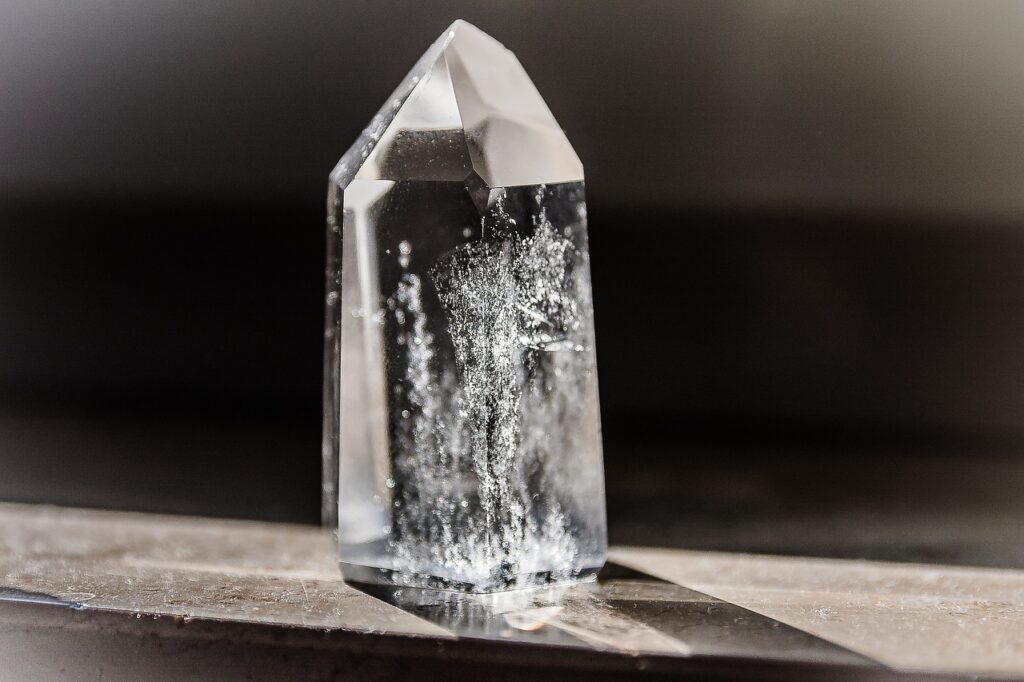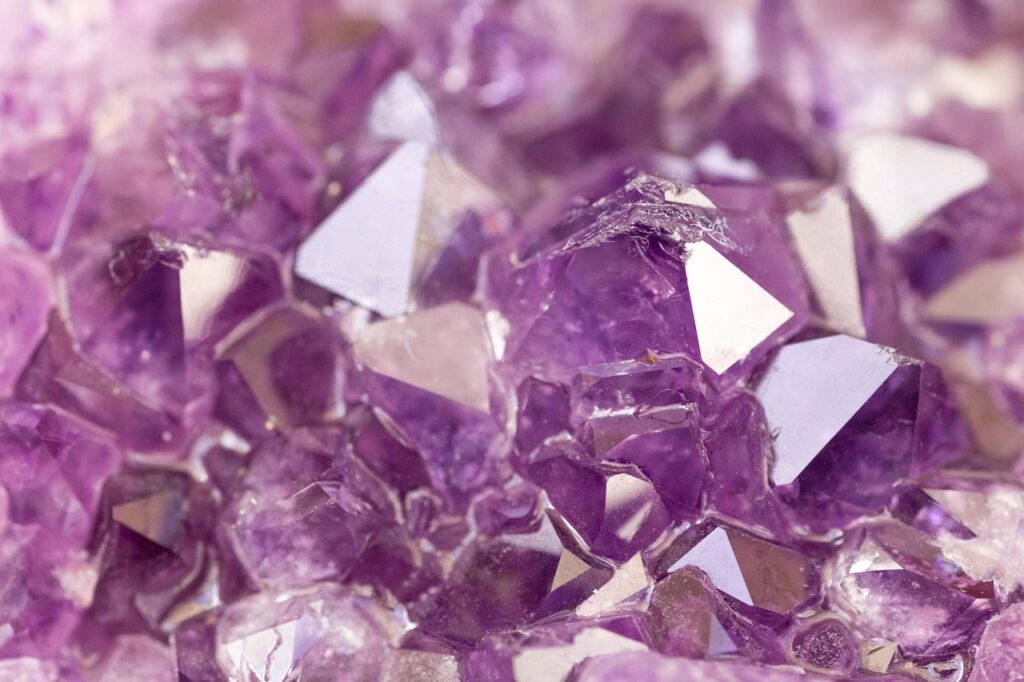
Are you captivated by the radiant beauty of pink crystals and stones? If so, you’re in for a treat! In this ultimate guide, we will take you on a journey through the mesmerizing world of pink crystals and stones. We’ll provide a complete overview of the best 15 pink crystals and stones, delving into their unique properties and the ways in which they can enhance your spiritual and emotional well-being. So, get ready to discover the enchanting allure of pink crystals and stones and unlock their transformative powers in your life.

Pink Crystals and Stones: An Introduction
Pink crystals and stones are captivating and alluring with their beautiful hues and metaphysical properties. These mesmerizing gems not only enhance your aesthetic appeal but also have the power to heal and promote positive energy in your life. In this comprehensive guide, we will explore the top 15 pink crystals and stones, unraveling their origins, physical properties, metaphysical properties, uses, applications, and how to take care of them. So, brace yourself for an enchanting journey through the realm of pink crystals!
1. Rose Quartz
Origin and Formation
Rose Quartz, commonly known as the “stone of love,” has a gentle and soothing energy that resonates with the heart chakra. This gorgeous crystal is found in Brazil, Madagascar, and South Africa. It is formed through the cooling of molten rock, resulting in the growth of hexagonal prismatic crystals.
Physical Properties
Rose Quartz is a translucent gemstone with a delicate pink color. It belongs to the quartz family and has a Mohs hardness of 7 on the scale, making it durable enough for everyday wear. Its color can vary from pale pink to rosy pink, depending on the mineral impurities present during its formation.
Metaphysical Properties
Rose Quartz is renowned for its ability to attract and enhance love, whether it’s self-love, romantic love, or unconditional love for others. It opens up the heart chakra, allowing for the release of emotional wounds and blockages. This crystal promotes harmony, peace, and compassion, helping you to cultivate nurturing relationships and foster a deeper connection with yourself and others.
Uses and Applications
Rose Quartz is stunningly versatile and widely used in jewelry, including necklaces, bracelets, and rings. It can be placed in your bedroom or living space as a decorative piece, creating a calming and loving atmosphere. In meditation, holding a Rose Quartz crystal can enhance your personal healing journey and facilitate emotional healing.
Caring for Rose Quartz
To keep your Rose Quartz crystal vibrant and energized, it is essential to cleanse and recharge it regularly. You can cleanse it by rinsing it with water or placing it on a bed of salt overnight. Recharge it by leaving it in the sunlight or moonlight for several hours. Remember to handle your Rose Quartz with care as it may be susceptible to scratches and fractures.

2. Rhodochrosite
Origin and Formation
Rhodochrosite is a wonderfully vibrant pink crystal that is found in Argentina, Peru, Colorado, and Montana. It forms in hydrothermal veins and cavities, often in association with other minerals such as quartz and calcite. This crystal owes its color to the presence of manganese.
Physical Properties
Rhodochrosite is an eye-catching gemstone with a beautiful rose-red to pink color. It has a pearly to vitreous luster and a Mohs hardness of 3.5 to 4, making it relatively soft. Its delicate bands and patterns add to its unique charm, making it a popular choice for jewelry.
Metaphysical Properties
Rhodochrosite is known as the “stone of love and balance,” resonating deeply with the heart chakra. It promotes emotional healing, self-love, and compassion. This crystal helps to release past traumas, assisting in personal growth and transformation. It also enhances creativity and encourages a positive outlook on life.
Uses and Applications
Rhodochrosite is highly valued in jewelry making due to its stunning color and pattern. It is often crafted into statement rings, pendants, and earrings that captivate the eye and draw attention to the heart center. Rhodochrosite can also be used during meditation to enhance inner peace, balance emotions, and open the heart to love.
Caring for Rhodochrosite
To care for your Rhodochrosite, avoid exposing it to harsh chemicals, extreme temperatures, or direct sunlight as it may cause fading or damage. Cleansing it with lukewarm water and mild soap followed by gentle pat drying will help maintain its beauty. Store it separately from other gemstones to prevent scratches and protect its delicate nature.

3. Morganite
Origin and Formation
Morganite, also known as “pink beryl,” is a radiant and alluring crystal that belongs to the beryl family. It is found in Brazil, Madagascar, Mozambique, and the United States. Morganite forms in granite pegmatites and metamorphic rocks, owing its captivating pink color to the presence of manganese.
Physical Properties
Morganite is a gemstone with a soft yet vibrant pink color. It has a vitreous luster and ranges from pale pink to peachy pink hues. With a Mohs hardness of 7.5 to 8, it is a relatively durable crystal suitable for various jewelry applications.
Metaphysical Properties
Morganite is known as the “stone of divine love” and is strongly linked to the heart chakra. It emits a gentle and nurturing energy, aiding in emotional healing, reducing stress, and promoting unconditional love. This crystal encourages self-acceptance, compassion, and empathy, enabling you to connect with your inner emotions and express them with authenticity.
Uses and Applications
With its delicate and romantic hue, Morganite is often used in engagement rings, necklaces, and earrings. Its feminine and elegant appearance captivates the hearts of many, making it a precious gemstone in the world of jewelry. Morganite can also be utilized in meditation to enhance self-love, open the heart, and align with higher states of consciousness.
Caring for Morganite
Morganite requires gentle care to maintain its radiant beauty. It is advised to remove Morganite jewelry before engaging in activities that may expose it to harsh chemicals or impact. To clean Morganite, use a soft-bristled toothbrush and a mixture of warm water and mild soap, followed by rinsing and drying. Additionally, avoid storing Morganite with other gemstones to prevent scratches.
(Continued in the next message)


